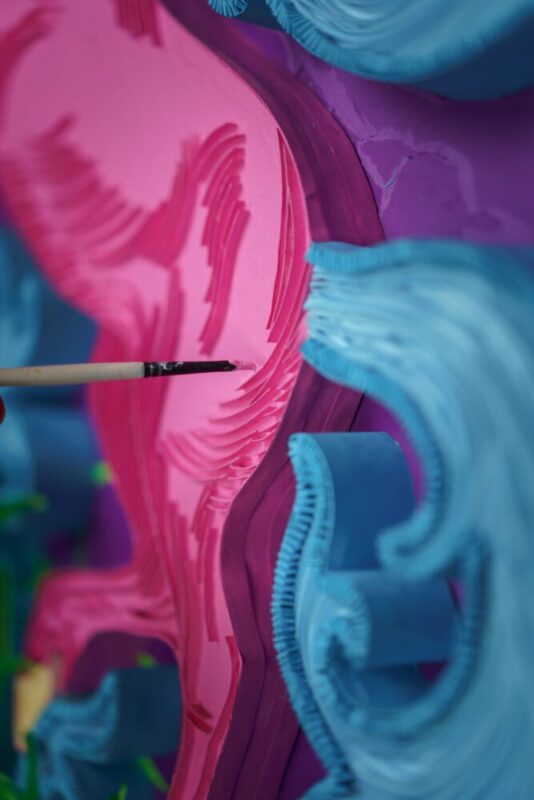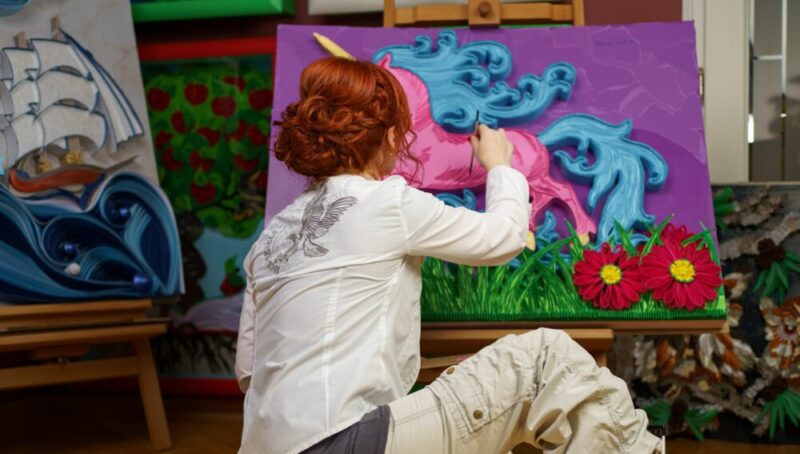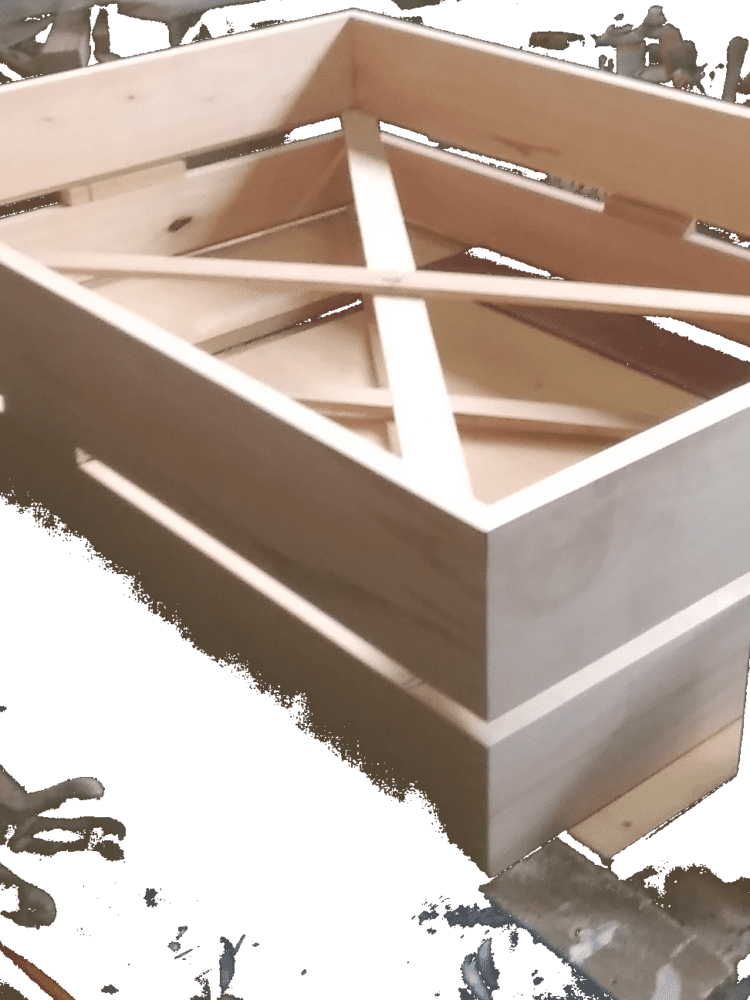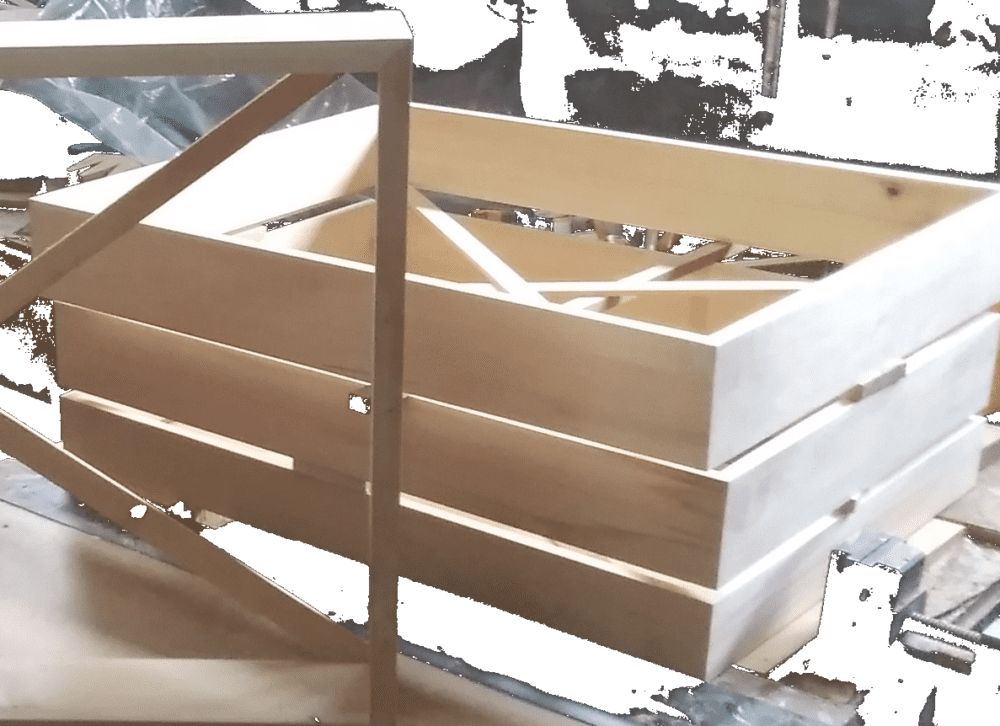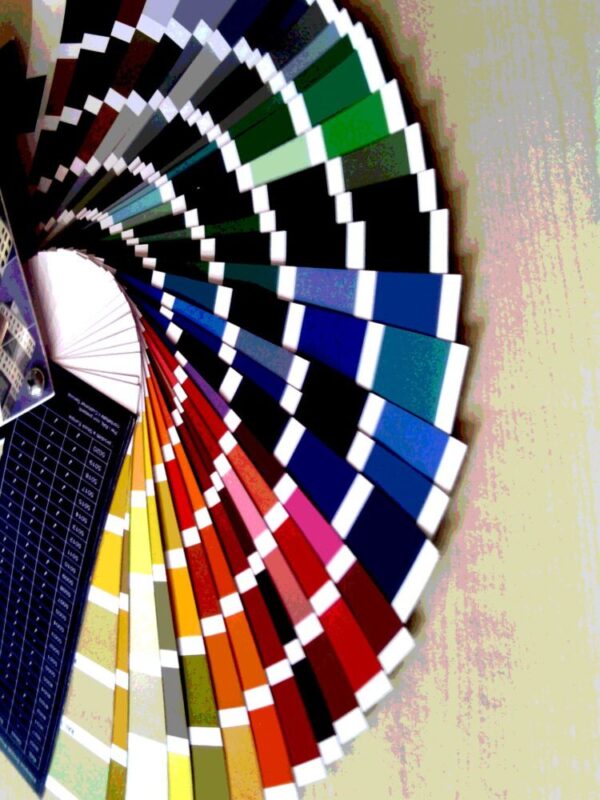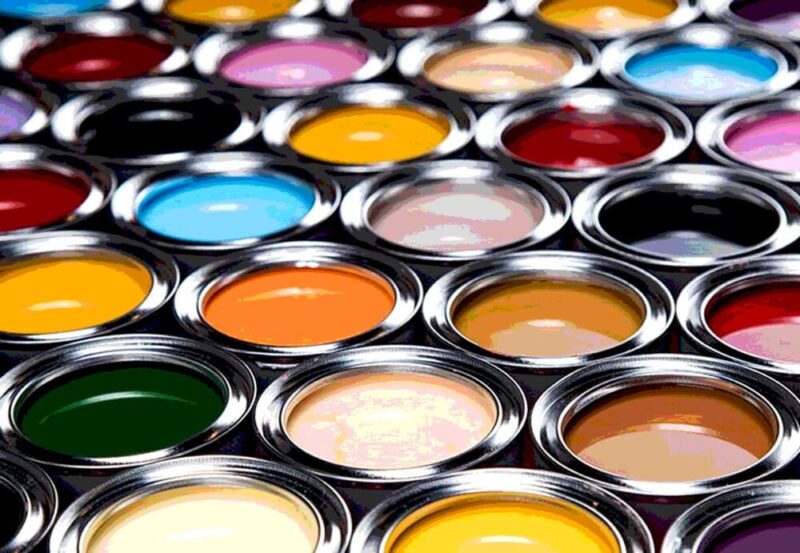Technique of Paper Filigree
Paper filigree is an art technique based on the usage and manipulation of paper or narrow paper strips to create decoratively designed shapes. The paper is rolled, folded, pressed, looped, curled, twisted, and otherwise manipulated to create an intricate design for decoration. The process usually starts with rolling one strip of narrow paper into a coil, and then squeezing the coil into shapes that can thus be glued together onto a desired surface, to form a desired element of an art composition.
Artistic Process
By using paper filigree, I uniquely design two or three-dimensional artistic compositions, such as abstract art, flora and fauna, architecture, monuments and sacred art as well as whatever it takes for a desired art composition set into a carefully designed linden wooden box, protected by the glass frame. The golden ratio and Fibonacci numbers have impressed some of the greatest minds throughout history and have given us some of the most beautiful works of art to enjoy to this day.
Following the example of such visions, in my artworks I intertwine the symbolism of elements in substantial and tiny objects by approximating or adapting these mathematical properties.
Artistic sculptures and installations represent the quality of objects, whether living beings or still life. Installations are supported on a cardboard surface; whereas forex boards are used for big-size installations or special formats. The process of setting up an art installation depends on its size and complexity. Preparation work consists of several segments, which include an immense amount of efforts; work and the time devoted to it.
Why Linden Tree Wood?
Linden trees produce soft and easily worked timber; it is rich in fibers, yet firm. Its strips are thin, short, poorly visible or invisible, and homogenous. It cuts easily and well, it is well suited for screws to twist and fasten. Furthermore, it is easy to dry, however it requires the drying process to last. For industrial drying, temperatures must be lower than 60 °C, and the relative humidity below 60%. In the entire process of art work, linden planks stick well, stain well, varnish and paint further in the process with polyurethane paints.
For the purpose of the author’s artistic activity, i.e. artistic creation, wooden molds and wooden packaging are made in the workshop of the Chigo-Land DOO Novi Sad furniture manufacturer store.
Why Polyurethane Paints?
Polyurethane seals linden wood, preventing dirt and stains from getting into the grain, making it easier to clean. It also protects it from scuffing to some extent. In addition, polyurethane slows the transpiration of water into or out of the wood moderating expansion, and contraction from seasonal humidity changes, it reduces cracking. Finally, it enhances the look of the grain by helping it reflect light better. The latter characteristic depends to some degree on the level of gloss of the poly. The author uses 25% of gloss.
For the purpose of the author’s artistic activity, i.e. artistic creation, the author uses water-based polyurethane paints exclusively provided and available at NS-OKOV DOO Novi Sad.



I am Viktorija Janić, a visual artist, human being with a creative mind who not only enjoys her work - I passionately love what I do. I love to unique creative passion. I dedicated the second half of my life to creating work of art on a two or three-dimensional surface using various tools, paper, glue, paint and my own hands, while creating something that can evoke an emotional response or can stimulate the observer's intellect, or it could be both.



